Last time in the Exploring Mental Health series, we looked at anger. This month, it’s the turn of mindfulness. Mindfulness is something that’s being talked about more and more in the media, but what exactly is it and how can practising it benefit your mental health?
What is mindfulness?
Mindfulness is a technique you can use to bring yourself into the present moment and pay attention to what’s happening around you. It focuses you on the here and now, enabling you to become more aware of your thoughts and feelings, without judging them.
Mindfulness originates from Buddhist meditation, but was adapted by Jon Kabat-Zinn into a non-religious practice that can be used by anyone. His belief was that focusing attention on the body and mind as it is moment-to-moment can help with pain, both physical and emotional.
As the popularity of the technique has grown, mindfulness practice has expanded to be used by schools, workplaces, sports teams and more, to reduce levels of stress, anxiety and depression, and improve general wellbeing.
How is mindfulness beneficial?
Have you ever driven somewhere and realised part-way through the journey you’ve been on autopilot and aren’t aware of driving there? That’s often how we go through life – doing one thing while our thoughts are on something completely different.
With mindfulness, you switch from a human DOing, to a human BEing. Instead of getting caught up in your thoughts and the busyness of life, you spend time being in the moment, noticing what you’re thinking and how you’re feeling. This can have lots of benefits for your mental health and wellbeing.
Mindfulness can help you:
- Notice thought patterns, and cope with difficult or unhelpful thoughts
- Feel calmer and less overwhelmed
- Be more aware of how you’re feeling - physically, mentally and emotionally
- Be more in control of your thoughts and emotions
- Be kinder to yourself and less self-critical
- Notice signs of anxiety and depression earlier
- Get better sleep
- Manage chronic pain
- Improve your immune system
Different ways to practice mindfulness
The fact mindfulness is a form of meditation doesn’t mean you need to sit cross-legged on the floor and completely clear your mind to achieve a perfect moment of zen. Mindfulness embraces the tendency of the human mind to wander. It’s about noticing when your mind has wandered, and bringing it back to the present moment, without criticising yourself.
Focusing on the present moment can be focusing on your breath, the sensations in your body, the emotions you’re experiencing, your thoughts, or your five senses as you eat something or look around you. As you do this, you remain open and accepting of whatever you notice.
There are lots of different ways to practice mindfulness, including:
- Body scan – paying attention to each part of your body, moving your focus slowly down from the top of your head to the ends of your toes, noticing how each part feels, including any aches, pains or places of tension
- Mindful meditation – focusing on your breath, and the sensation of it coming in and out of your body, noticing when your mind starts to wander and returning your attention back to your breath
- Mindful movement – noticing how your body feels as you walk, run, dance or move, including being aware of how the ground feels, the movement of your clothes, and the air against your skin
- Mindfulness in nature – paying attention to the natural environment as you sit in a garden or park, or as you walk, cycle or run; using your senses to notice what you can see, hear, smell and touch around you
- Mindful eating – focusing on the sight, smell, touch and taste of what you’re eating or drinking, noticing the textures, colours and scents, and how it feels on your tongue
- Mindful colouring – being aware of the colours and shapes on the page, and the sensations as you move your pen or pencil over the paper
How to get started
If you’d like to practise mindfulness there are lots of ways to get started, including:
-
Apps – apps, such as Headspace and Calm have free and paid meditations and guides to help you begin practising mindfulness
-
In-person – there are mindfulness courses throughout the UK where a qualified teacher will introduce you to mindfulness and help you learn different meditations. You can search the UK Mindfulness Network to find a teacher in your local area
-
Online – if you want to learn from home, there are online mindfulness courses from organisations such as Breathworks and BeMindful
- Books – there are a whole range of books and audiobooks available on mindfulness, from short guides to more in-depth reading
Once you’ve chosen how you want to get started, it’s picking the right time and place. Remember, there’s no set amount of time for how long to spend practising mindfulness. It’s best just to try little and often.
Regular, short amounts of mindfulness practice are better than occasional longer sessions. The more regularly you practice, the easier it becomes to refocus your mind when it wanders. At first, it can be difficult notice when your thoughts have wandered and it can feel like you’re constantly trying to refocus. Start with just a few minutes of mindfulness practice at first, and slowly build up.
You can do mindfulness at any time during your day. Pick a time when there aren’t too many distractions, and you’re in a safe, comfortable space. Having a routine time (or times) each day, such as a lunchtime walk, can help you to remember to do it.
Is mindfulness right for me?
While some research studies have shown that mindfulness can have positive benefits for mental health and wellbeing, it won’t be right for everyone. Broader research studies are still being carried out to look at whether there are particular illnesses that mindfulness is more/less effective for, and in which environments.
The important thing to remember is that if it doesn’t suit you, you don’t enjoy it, or you don’t feel any benefits from it, then it doesn’t mean you have failed in any way. Different things suit different people – that’s what makes us all so brilliantly unique.

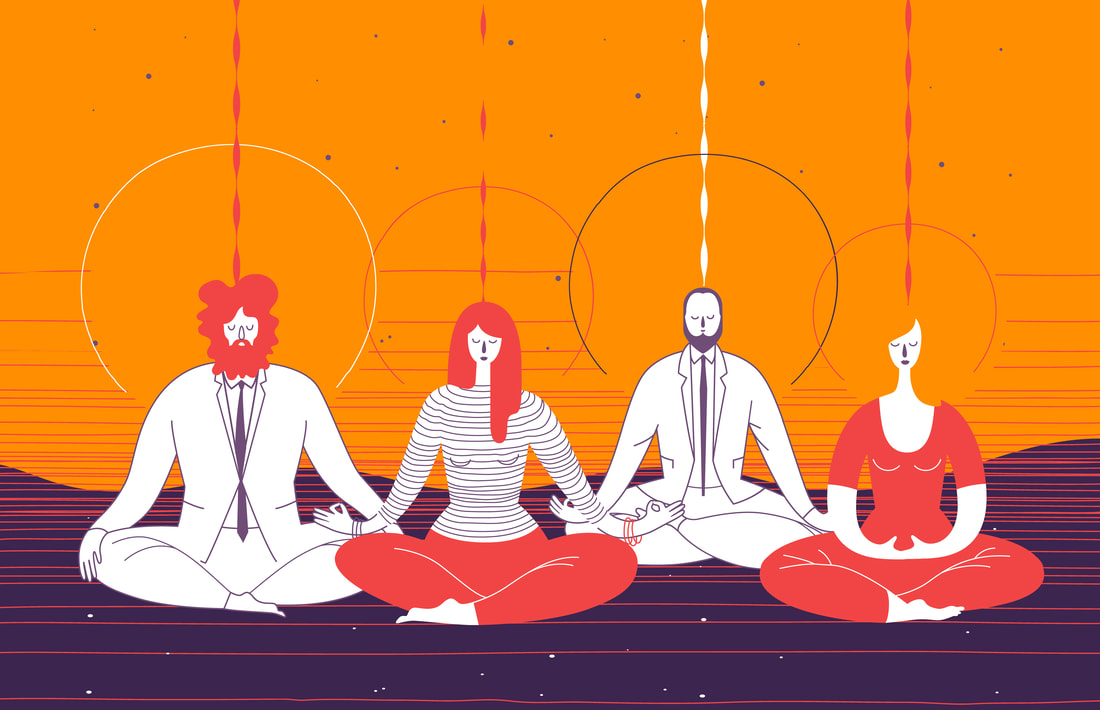
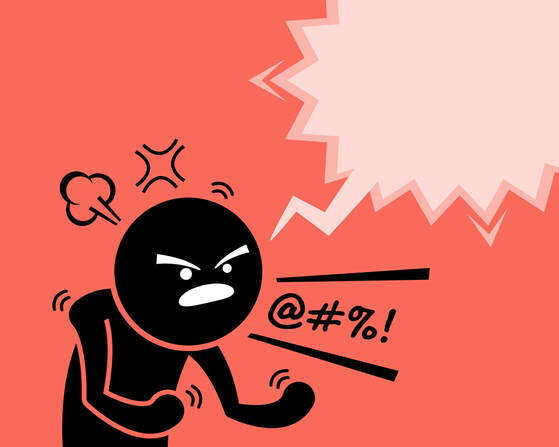
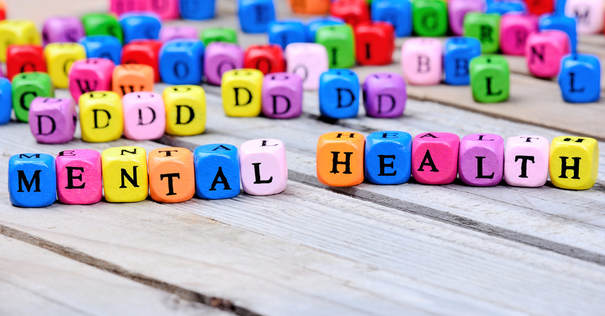
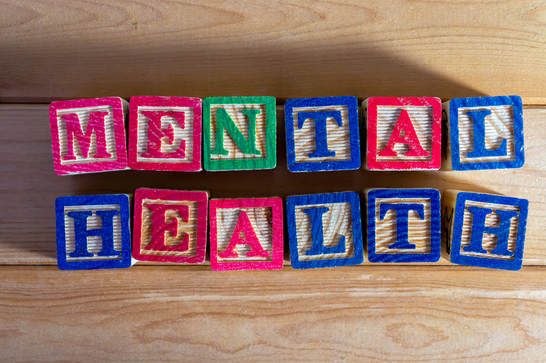
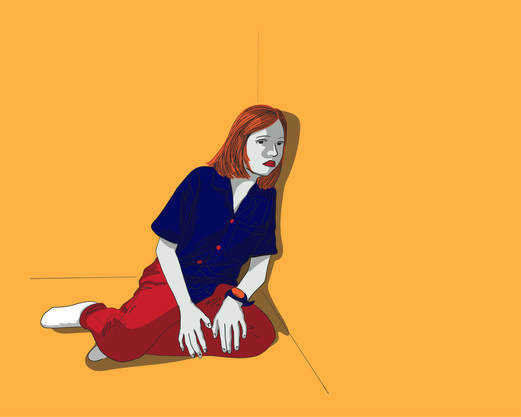
 RSS Feed
RSS Feed